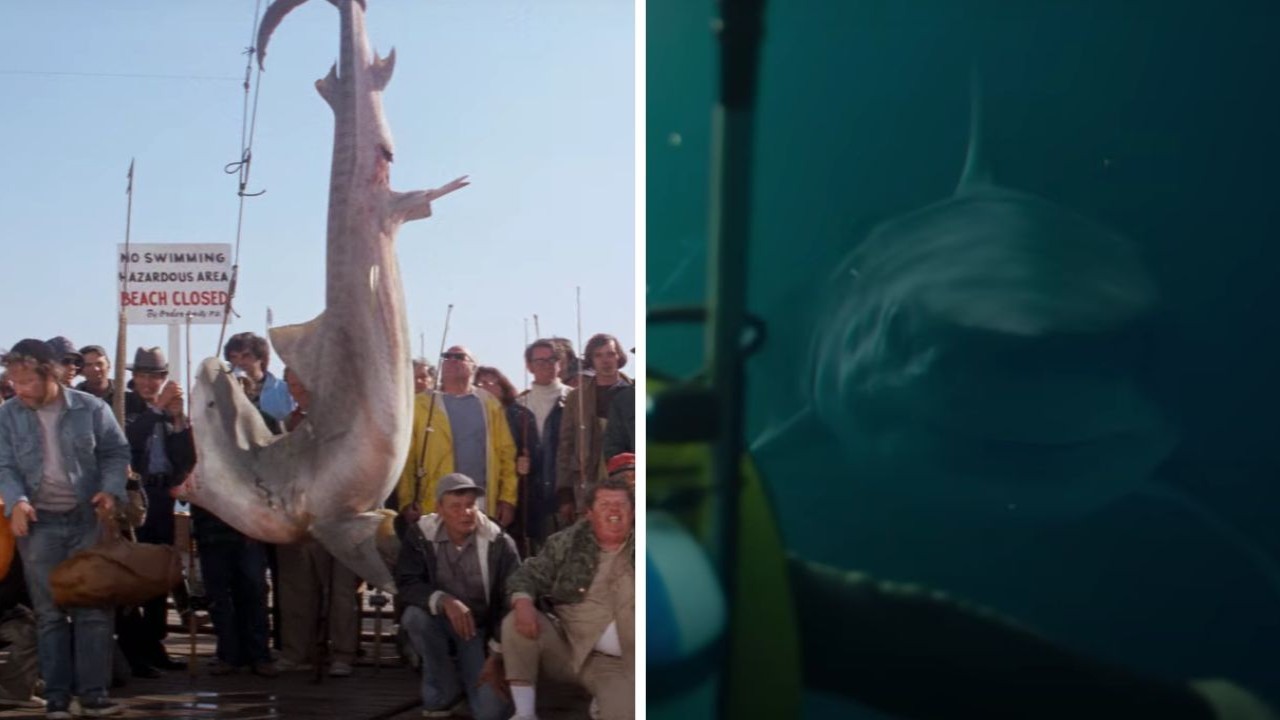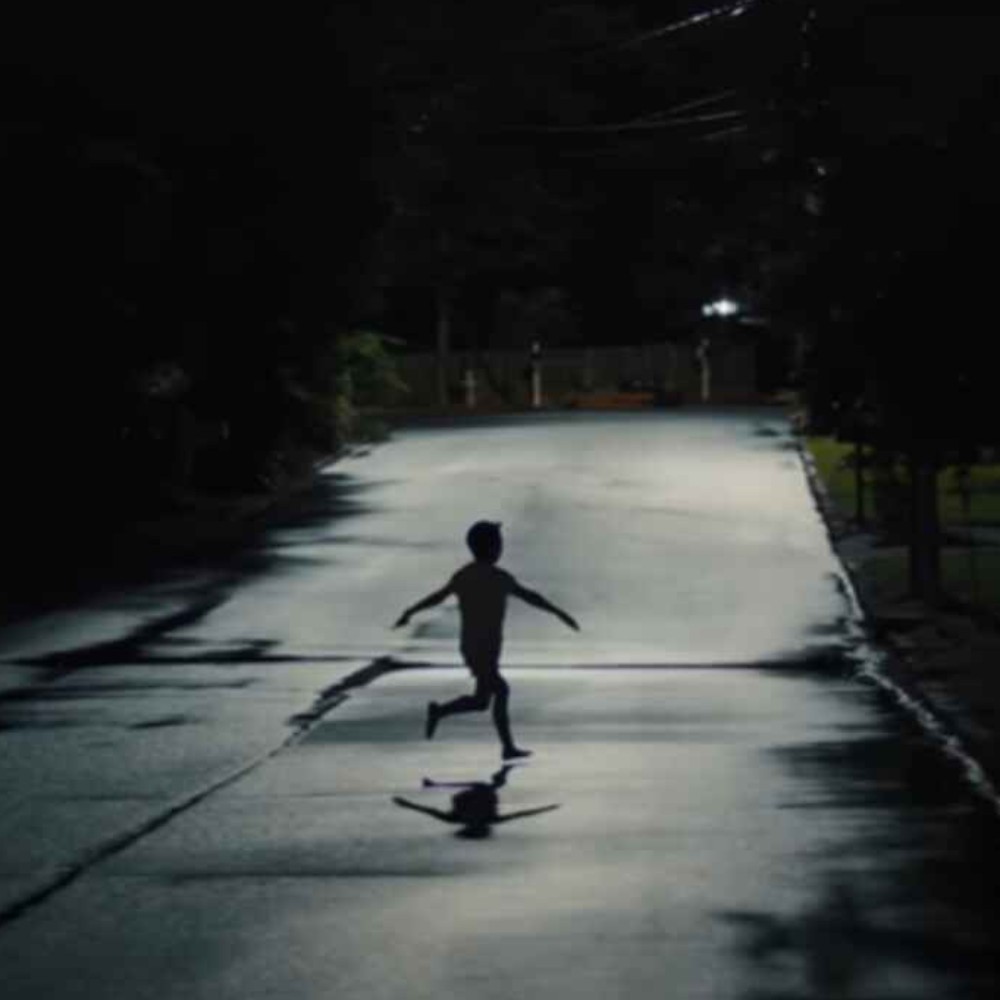Do Animal Horror Movies Create Unnecessary Fears In Human Mind? Here's What We Think
People often mistake the events in animal horror movies assuming they could happen in real life as well. What are the chances? Read on to know what we think.

Netflix’s latest shark horror film, Under Paris, has been making waves following its release. Meanwhile, it is also triggering a fresh wave of our worst fears about wildlife coming alive. Long before Under Paris went viral among online audiences, Steven Spielberg successfully gave a big break to the animal horror genre with his 1975 classic thriller, Jaws.
Over the years, the genre continued to gain popularity among the masses. However, while some viewers had the time of their lives watching animal horror films at the theatres and experiencing the thrill that comes with the chase and adventure in the ocean, jungle, or the remote corners of the wild, some were immersed enough to miss out on segregating the reel from the real.
I have stumbled across several people, who went on to develop a fear of animals that would perhaps never attack humankind unless provoked or disturbed. Meanwhile, I have also met some who harbored an unknown fear of nature's beasts who do not even exist in real life. One great example of it would be the man-eating, huge anacondas.
While the 1997 Luis Llosa movie is an undisputed classic that I still watch on weekends, I have also somehow met people who believe in the existence of huge anacondas who are on a hunt for humans in the wild.
Therefore, rather than pondering how much of what is shown in animal horror films is real, it is more viable to talk about what one can learn from such movies. As an ardent viewer of the animal horror genre, I would admit that fiction has always been a great source of entertainment for me.
While the movies continue to remain on my most-viewed list, I would also take a moment to analyze the facts beyond fiction and explore the myth amid the mayhem.
The thrill behind animal horror movies
As an animal horror movie enthusiast, I, for one, cannot live without watching one at least once a month. But at the same time, I am a passionate animal lover and have been fortunate enough to save or rescue a few.
While I don't have a list of my favorite animals, I live with four dogs and a cat, as well as interact with birds, bats, and snakes who often visit my place in search of food.
Despite considering films like Jaws, The Meg, Anaconda, and Anaconda: The Hunt for the Blood Orchid, a few of my favorite animal horror movies, I still like observing snakes in close vicinity.
In the world of fiction, several of these creatures are depicted as bloodthirsty monsters, whether it be sharks smelling blood from miles away or genetically mutated bats attacking humans in groups (as seen in the 1999 Louis Morneau film Bats).
While the animal-led catastrophe takes center stage in these movies, the undertone of human carelessness leading to such events also remains a consistent theme. While Netflix’s trending movie Under Paris has plenty of moments to scare viewers, it also has a very similar and intelligent message about sharks.
Animal horror and the unnecessary fear of wildlife
To explore further, let’s begin with the phase of the Anaconda films going viral and viewers grappling with the fear of snakes during the phase. First and foremost, every animal comes in several breeds. Anaconda, in itself, has more than three breeds, including Green, Yellow, Darkly-spotted, and the Bolivian anaconda.
Contrary to the idea that every anaconda snake is in a hunt for humans, the official website of the National Zoo states that it is just the adult anacondas that can consume large animals such as deer, capybaras, caimans, and large wetland birds.
Green anacondas are reportedly the only snakes that can consume a human but such instances, even if they occur in real life, are extremely rare, as their appetite is usually restricted to consuming rats and rabbits.
Moving on to bats, the subject of the 1999 movie, these are again found in breeds such as fruit bats, little brown bats, vampire bats, and more. The ones I see at my place are Indian Flying Fox, who eat fruits, as I have seen.
Report says Vampire bats are the only species of bats that feed on blood. However, even they avoid going for human blood and rather scavenge on animals like cows, pigs, horses, and birds.
As far as Sharks are concerned, a prevalent fear of the creature stems from reports of human attacks, especially in the US, Australia, and South Africa, among other places.
While I admittedly would be scared of one upon close contact myself, it is to be considered that stats show you are much more likely to drown in the ocean, get killed in a bicycle accident, or even die by a hit from a falling coconut than by a shark attack.
While these creatures do not hunt humans on purpose, they are often killed for fin soup and artifacts by humans. As per a report by Live Science, around 80 million sharks are killed by humans every year.
Moreover, reports state that sharks don't look at humans as food, and usually feed on rays while bigger sharks hunt seals or sea lions. While these are only figments of the numerous facts from studies and research available out there, the information may help you shed the real-life fears of wildlife while enjoying the thrill of animal horror on your screens.
After all, just as a kid having a friend like the talking mouse Stuart Little is confined in the world of fiction, the chances of being hunted by an anaconda or a shark in broad daylight are also much stronger on the screen than in real life.
ALSO READ: Should Netflix's Under Paris Get A Sequel? Here's What We Think





 JOIN OUR WHATSAPP CHANNEL
JOIN OUR WHATSAPP CHANNEL




































